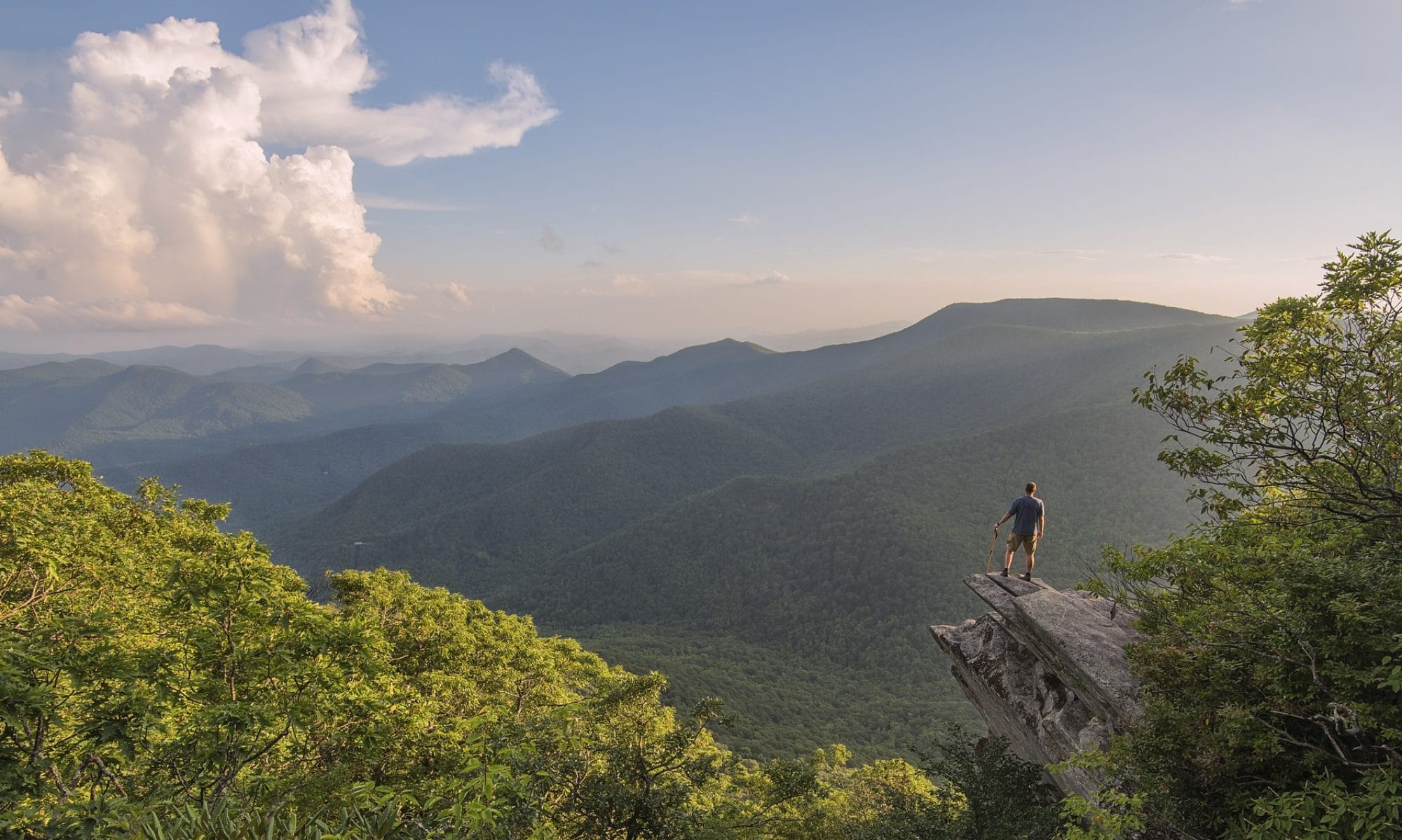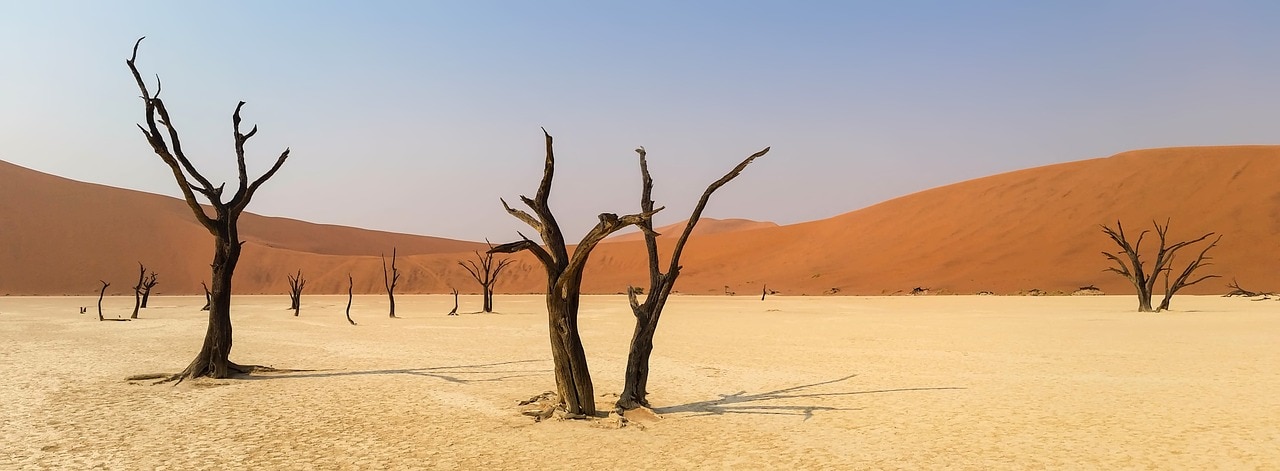This country is one of the driest in the world, which gives it particularly sumptuous mineral landscapes. However, some areas concentrate the water points and are then an opportunity to see a rich fauna. Finally, different ethnic groups populate the region with their specific culture. Now you know why hiking in Namibia. But let’s look at this in more detail.
Walking in an unusual nature
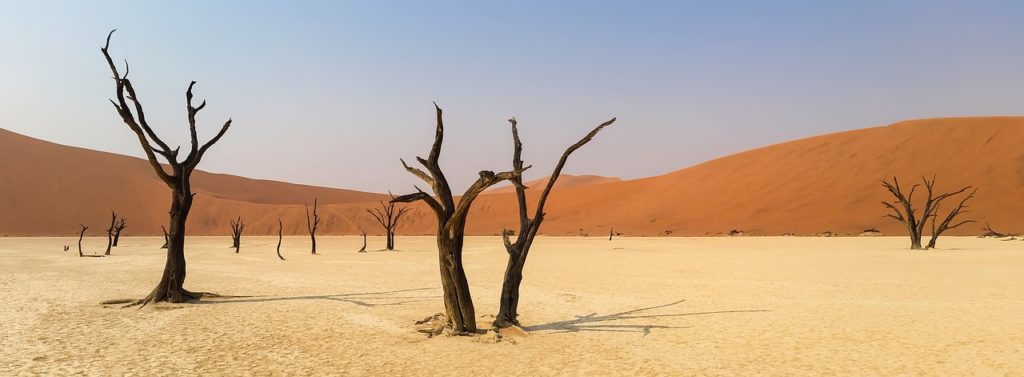
Spectacular arid landscapes
The photo above gives you a glimpse of the Sossusvlei, for example, in western Namibia. With its contrasts of ochres and its silhouettes of gaunt trees, this lake, salty and more often dry, has like an air of the end of the world. And what a tiny part of the Namib Desert! If you like sand, you should be satisfied!
Mountains and waterfalls
A little further north, in the heart of Damarland, is the Brandberg massif, which is home to Namibia’s highest point: the Konigstein (2573m). With its pink rocks and isolation in the middle of the plains, it is considered one of the most beautiful regions of Namibia.
Seeing a rich wildlife
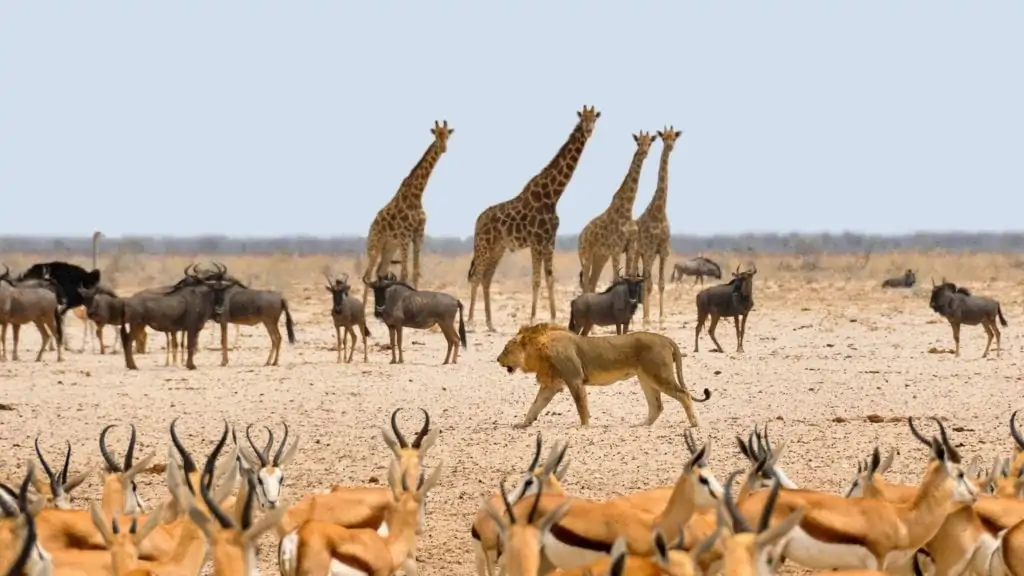
If Tanzania or Kenia are famous for its safaris, Namibia has nothing to envy them. Indeed, Etosha Park, in particular, is home to big cats such as lions and cheetahs, but also large herbivores such as elephants and black rhinos. Moreover, this park is often a must during a visit to the country. But did you know that you can also see sea lions in Namibia? All you have to do is go to Cape Cross.
Discover different lifestyles
The different ethnic groups that live in Namibia are an opportunity to appreciate the richness of cultures. Indeed, there are about ten of them whose territories are well demarcated and therefore do not cross much. To name a few: the Himbas (pictured below), nomadic pastoralists in the northwest, the Owambos, the majority ethnic group representing 50% of the population, or the Namas with features reminiscent of Asia.
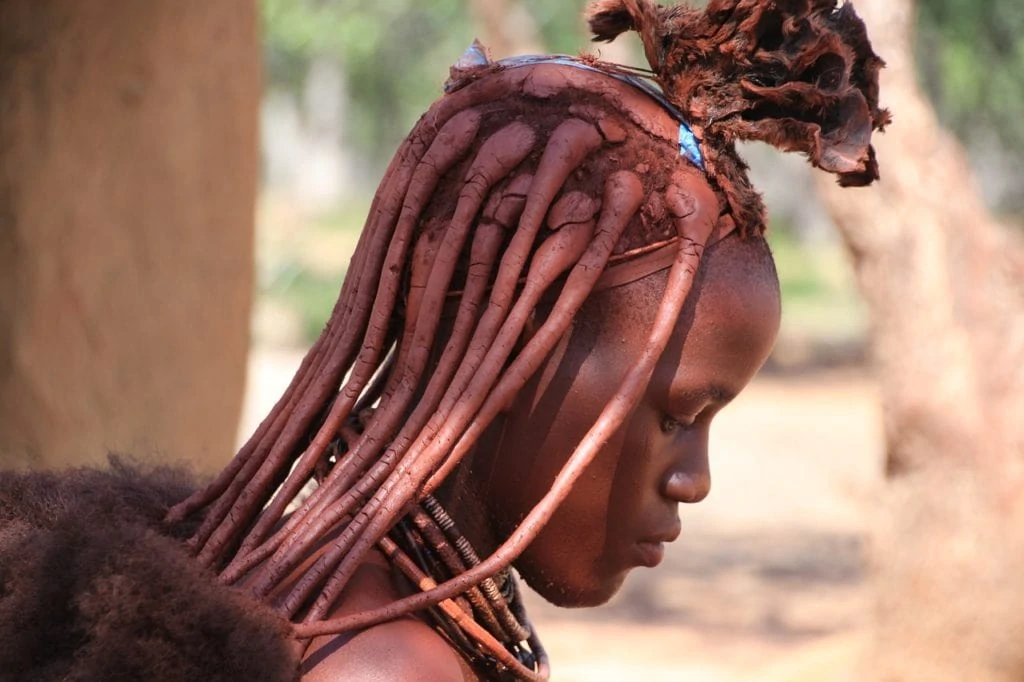
Trekking in complete serenity
Namibia is one of the few countries in Africa where no specific vaccine is needed. In addition, the country is very politically stable and has interesting infrastructure for major arteries. Finally, jet lag from Europe is low and thus avoids falling victim to the jet lag.
Convinced why hike in Namibia? In this case, you can contact our local partner (french speaking only though). Also be aware that the best time to get there is from April to September (although it is possible to go all year round if you are not afraid of the heat). Don’t forget to check your visas, vaccines and other… You can check out our list to remember nothing!
